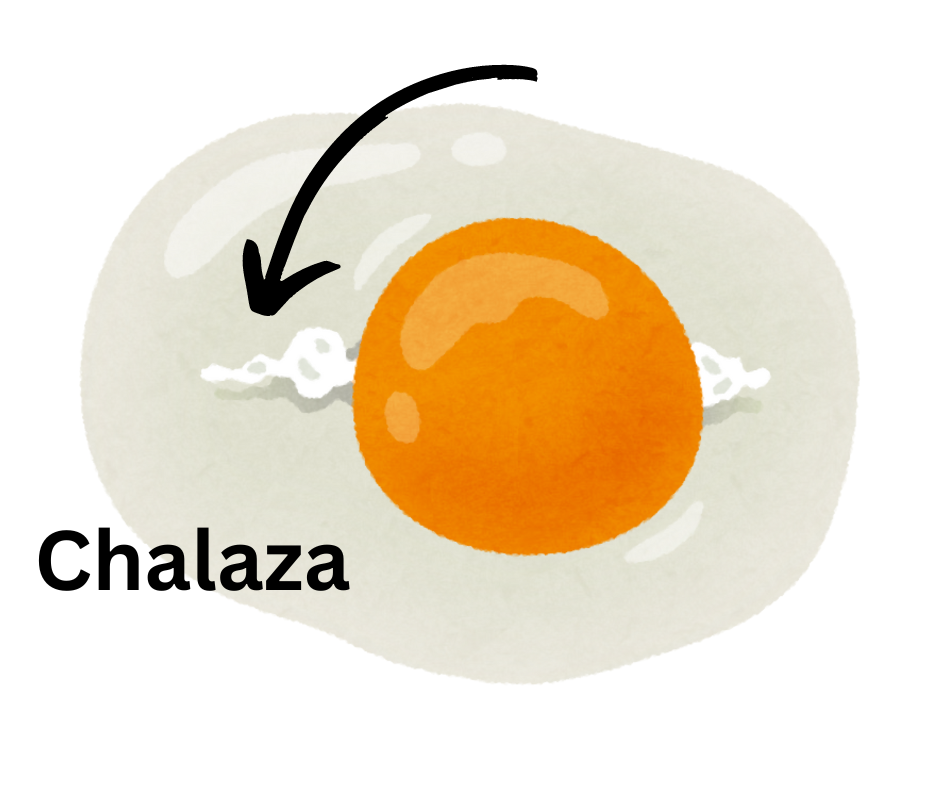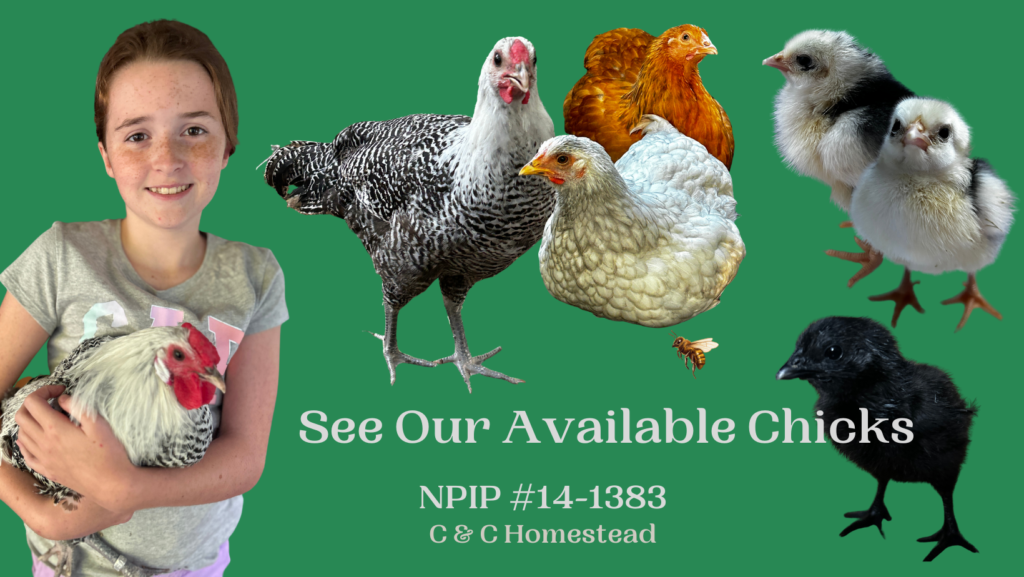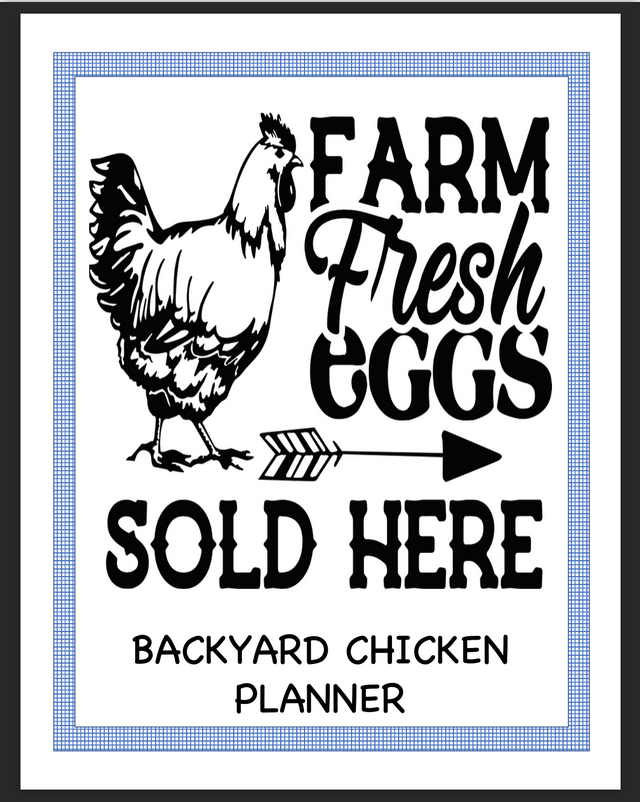Balancing Corporate & Homesteading Lifestyles
Understanding the Chalaza in an Egg
The chalaza (plural: chalazae) is an essential component of a chicken egg. It consists of two spiral bands of tissue that extend from the yolk's opposite sides to the lining membrane of the egg.
Here's a detailed explanation of what the chalaza is and its functions:
Structure and Appearance
- Location: The chalazae are found inside the egg, attached to the yolk.
- Appearance: They look like twisted, rope-like strands of egg white (albumen). There are two chalazae, one on each end of the yolk.
- Texture: They are firmer than the surrounding egg white, which makes them relatively easy to spot when you crack open an egg.
Functions of the Chalaza
- Stabilization of the Yolk:
- The primary role of the chalaza is to hold the yolk in the center of the egg. This stabilization ensures that the yolk remains suspended within the egg white, protecting it from damage and maintaining its position.
- The spiral structure of the chalazae allows the yolk to rotate while still being held in place, which helps in evenly distributing nutrients and supporting the developing embryo in fertilized eggs.
- Protection of the Embryo:
- In fertilized eggs, the chalazae play a crucial role in keeping the embryo safe. By securing the yolk, they help cushion the developing embryo from external shocks and vibrations.
- The central positioning of the yolk, maintained by the chalazae, ensures that the embryo is surrounded by the nutrient-rich egg white, which provides necessary proteins and water for development.
Culinary Considerations
- Edibility: The chalaza is entirely edible and does not affect the taste or quality of the egg. It is a natural part of the egg's anatomy.
- Removal: Some chefs and bakers prefer to remove the chalazae for aesthetic reasons or to achieve a smoother texture in delicate dishes like custards and sauces. This can be done by straining the egg or using a spoon to scoop out the chalazae.
Fun Fact
- Indicator of Freshness: The visibility of the chalaza can indicate the freshness of the egg. In fresh eggs, the chalazae are more prominent and well-defined. As the egg ages, the chalazae become less noticeable due to the thinning of the egg white.
By understanding the role and structure of the chalaza, you gain a deeper appreciation for the complexity and design of an egg. This knowledge can enhance your culinary practices and provide insight into the fascinating world of avian biology.




